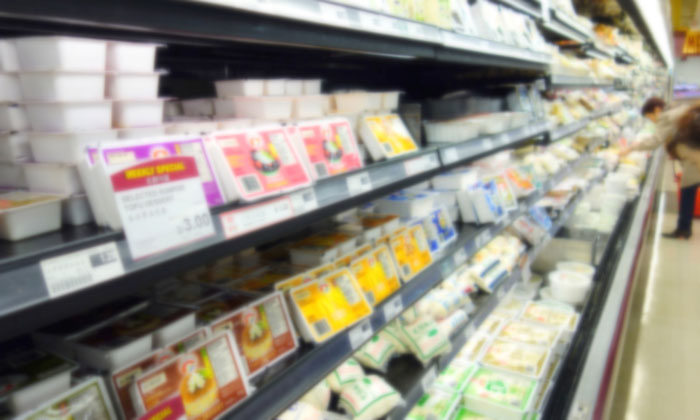Unlisted allergen-trigger ingredients ‘worryingly common’ in Australasia
- Like
- Digg
- Del
- Tumblr
- VKontakte
- Buffer
- Love This
- Odnoklassniki
- Meneame
- Blogger
- Amazon
- Yahoo Mail
- Gmail
- AOL
- Newsvine
- HackerNews
- Evernote
- MySpace
- Mail.ru
- Viadeo
- Line
- Comments
- Yummly
- SMS
- Viber
- Telegram
- Subscribe
- Skype
- Facebook Messenger
- Kakao
- LiveJournal
- Yammer
- Edgar
- Fintel
- Mix
- Instapaper
- Copy Link
Posted: 24 January 2018 | George Smith (New Food) | No comments yet
After seeing 14 cases of anaphylaxis thought to have been caused by undeclared allergens in prepackaged foods, researchers have said there is ‘no effective way to currently determine whether or not an unlabelled product is safe’.


NO ASSURANCE OF SAFETY: Half of the cases occurred after products with no 'may contain' warning
A study conducted by the Murdoch Children’s Research Institute (MCRI) in Melbourne has found that the risk of life-threatening anaphylaxis attacks from unlisted ingredients in prepackaged food is ‘worryingly common’.
The work, published in the Journal of Paediatrics and Child Heath, examined reports of anaphylaxis in Australasia from consumption of packaged food products with or without precautionary allergen labelling (PAL), where the known allergen triggers were not a listed ingredient.
To do this, the researchers invited Members of the Australasian Society of Clinical Immunology and Allergy to complete a questionnaire. They were asked to tell MCRI whether they have had seen any patients over the past three months reporting anaphylaxis following ingestion of a packaged food where the suspected food allergen was not a listed ingredient.
The questionnaire uncovered the following results:
- There were 14 reports of anaphylaxis to packaged foods (where the suspected allergen was not a listed ingredient)
- Of those reactions 50 percent were reported from foods which did not have a PAL statement
Permissive labelling is the term that’s been adopted by food allergy experts that would highlight safe and suitable foods for allergy-affected individuals and not just for foods which should be avoided. However current PAL practices do not assist consumers in selecting foods which are safe for consumption.
The study’s lead author, Dr Giovanni Zurzolo, Postdoctoral Fellow from MCRI and Victoria University pointed out that PAL labelling is currently voluntary – with some but not all packaged foods labelled with a variety of advisory warnings.
“Therefore, there is no effective way to currently determine whether or not an unlabelled product (foods without PAL) is safe for consumption by the food allergic community.”
‘May contain traces’ statements have been designed by the food industry to assist consumers with selecting foods safe for consumption. PAL would help consumers better assess if products are safe for consumption.
Senior author Professor Katie Allen said the findings of this study show that allergy consumers are taking significant risks in eating pre-packaged food.
“Our study showed that anaphylaxis to undeclared allergens is not rare and it did not appear to depend on whether the product was labelled with precautionary advice.”
“Current PAL practices do not assist consumers in selecting foods which are safe for consumption.
“Improvements in the regulation of food labelling are required to give consumers the right information to help them to make, safe choices”, Professor Allen said.
“Everyone deserves the right to eat food safely.”
Related topics
Allergens, Contaminants, Food Safety, Ingredients, The consumer









